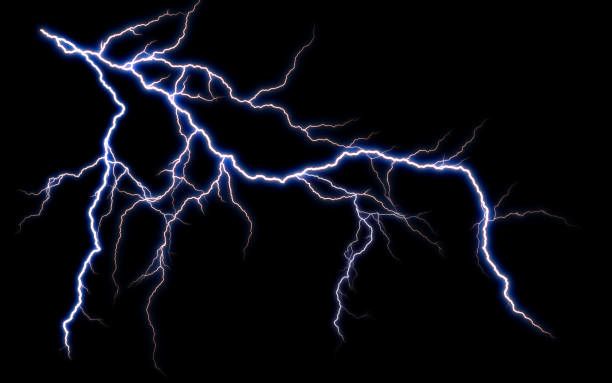
In Cutaia v, The Board of Mgres of the 160/170 Varick St., plaintiff was working on a building renovation and was tasked with moving sinks from one bathroom to another. This required plaintiff to cut and re-route pipes in the ceiling that were located near electrical wiring. Interestingly, on two prior occasions during this phase of the project, plaintiff accessed the ceiling area by opening the ladder and ascending and descending the ladder several times with no incident. He had previously observed electrical BX cable as well as yellow wires near the copper pipes that he was cutting. For his third use, he concluded that the ladder would not open completely in the particular location he was working. As a result, he folded the ladder, leaned it against the wall with the feet positioned about two feet from the bottom of the wall on an even cement surface, and he climbed to an upper rung to continue his pipe-cutting. Plaintiff testified that under similar circumstances in the past he would solicit the help of someone to hold the ladder while he worked on it, but on this occasion, he determined that the ladder was “sturdy up against the wall,” and declined to seek the assistance of his nearby coworker. Notably, the ladder did not slip.
Upon inspection, plaintiff did not observe any wires or electrical cables near the piping. Plaintiff testified that the ladder remained steady as he cut the piping over the course of several minutes. However, when he grabbed onto piping as he maneuvered a pipe joint into place, plaintiff received an electric shock that knocked him off the ladder. Thus, based on plaintiff’s own testimony he was propelled from where he had been located on the ladder by the force of the electrical charge rather than by the force of gravity – which was not a result of any defect in the ladder.
A post-accident inspection of the location revealed that a cap was missing from the end of a yellow electrical line, used only for temporary power and lighting, which was hanging about one foot beneath the piping on which plaintiff had been working. The dissent in the First Department noted, “(w)hen an electrical shock causes a worker to fall from an A-frame ladder in the absence of evidence that the ladder was defective or that another safety device was required, factual issues pertaining to causation and liability are presented for trial, precluding strict liability favoring the plaintiff.”
The 4-3 majority reversed the Appellate Division’s decision and ruled that plaintiff was not entitled to summary judgment under sec. 240(1), ruling that questions existed as to whether the ladder failed to provide proper protection, whether plaintiff should have been provided with additional safety devices, and whether the ladder’s “purported inadequacy or the absence of additional safety devices was a proximate cause of plaintiff’s accident.” The majority rejected plaintiff’s expert’s affidavit, holding that it was “conclusory” and insufficient to satisfy plaintiff’s burden of proof. The Majority agreed with Justice Tom’s dissent in the First Department (172 A.D.3d 424).


